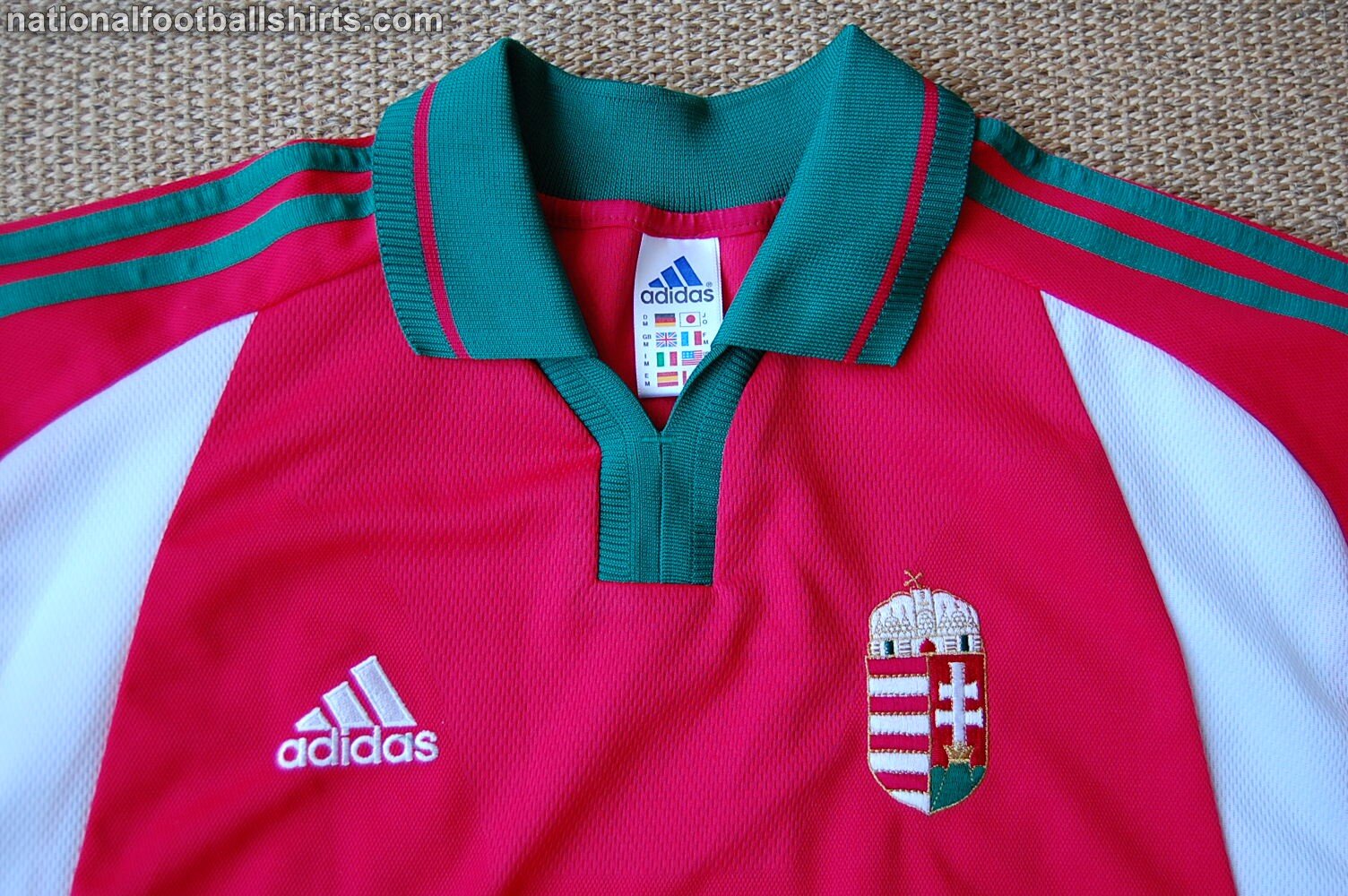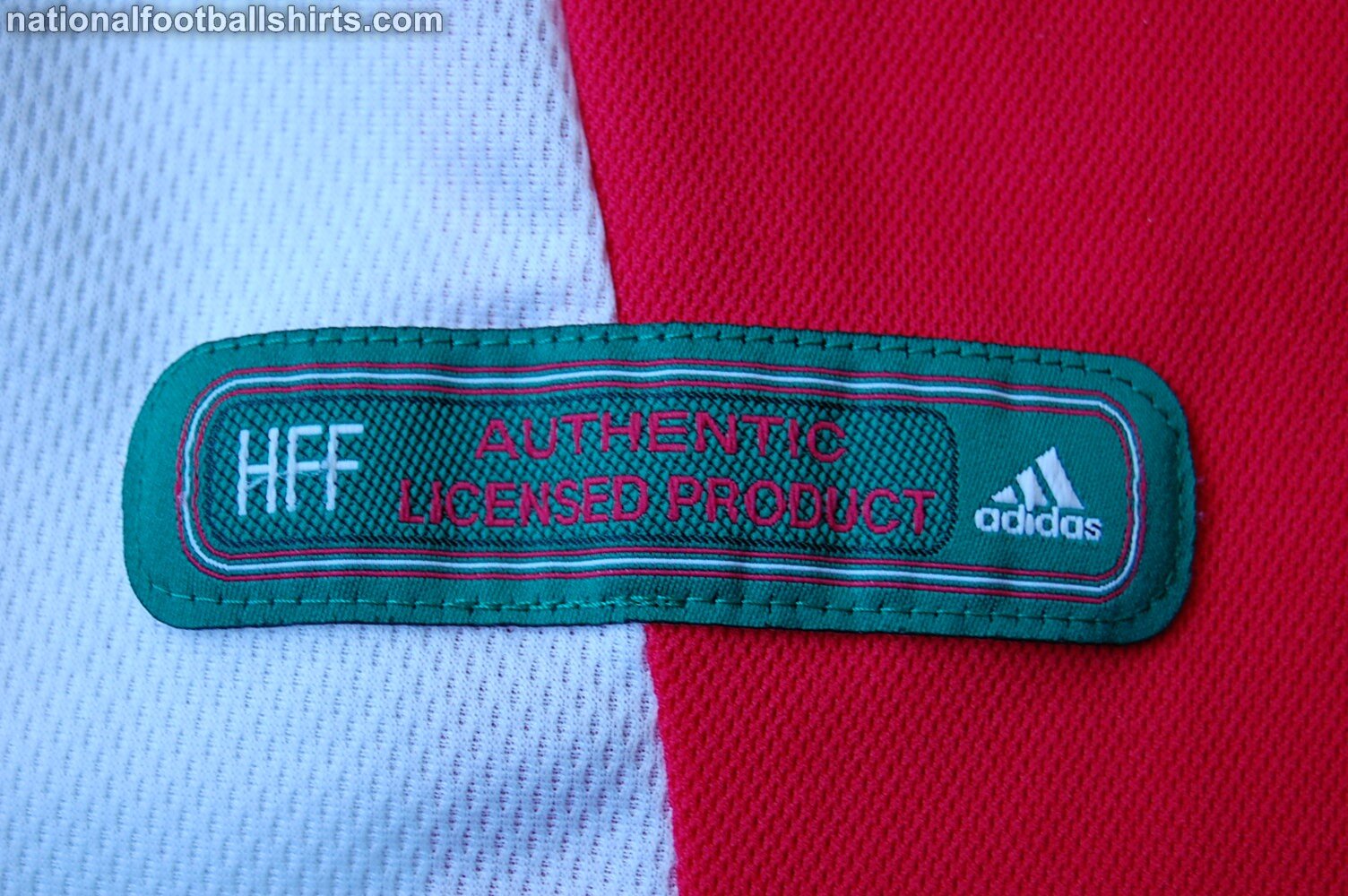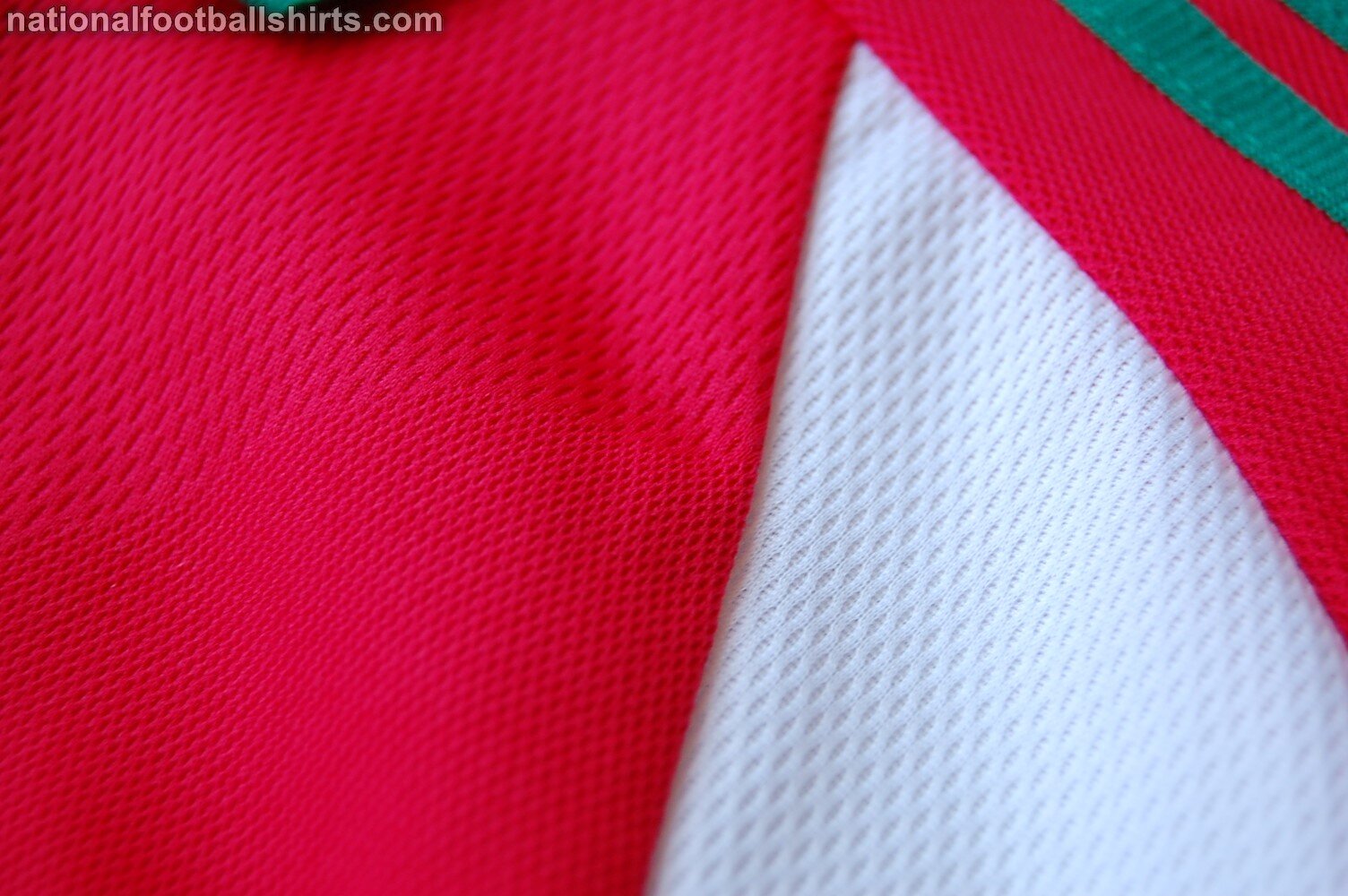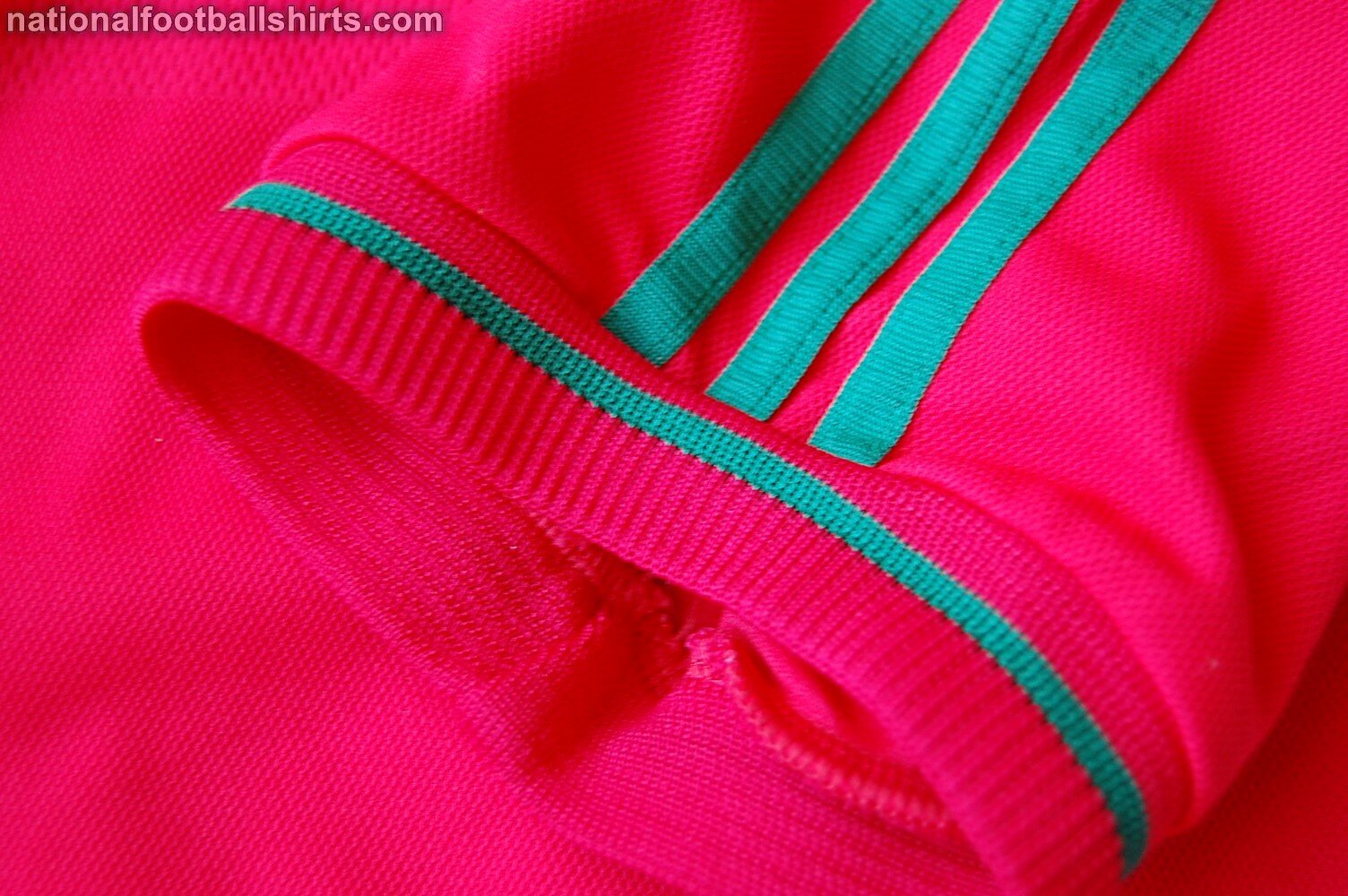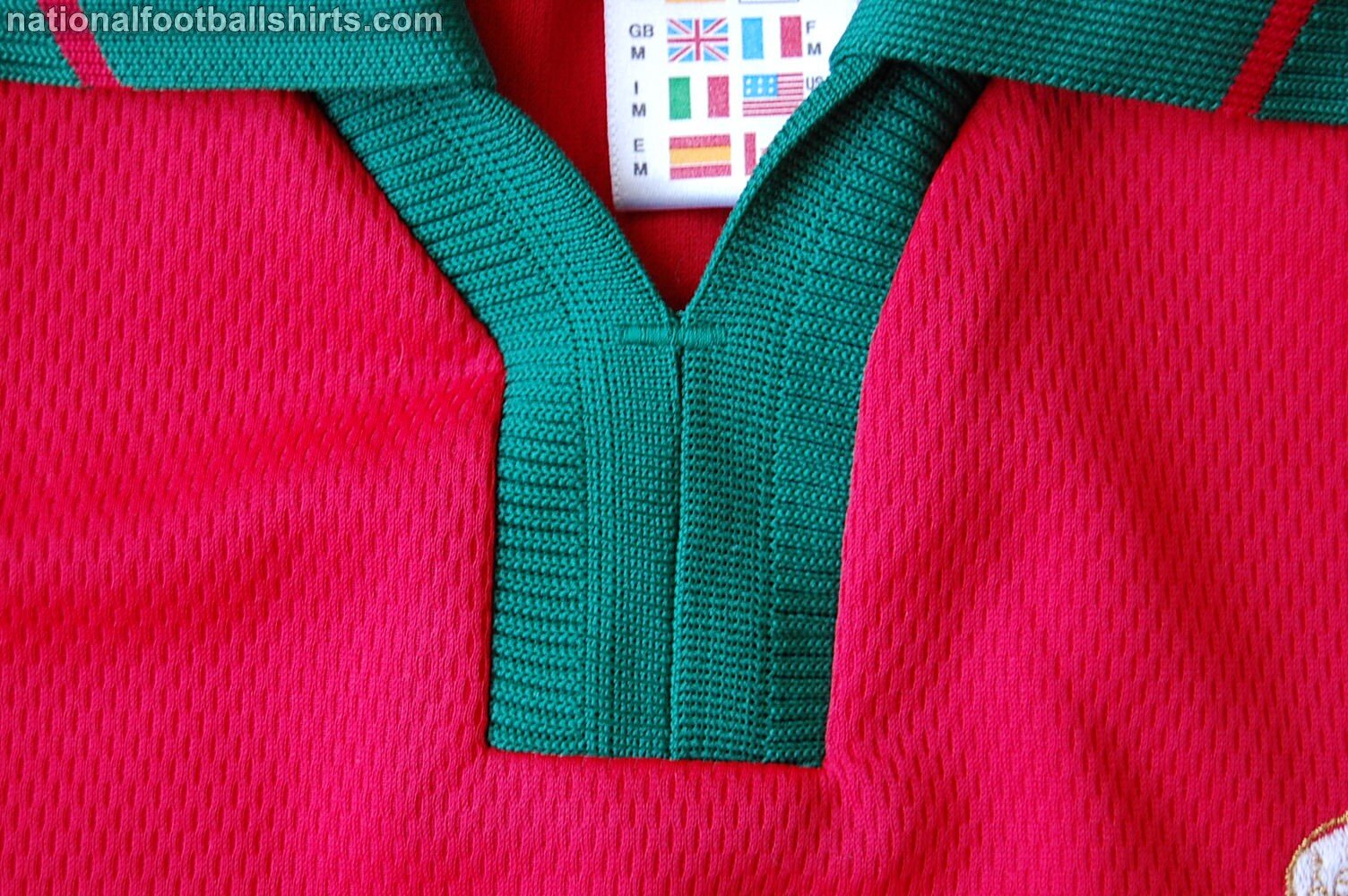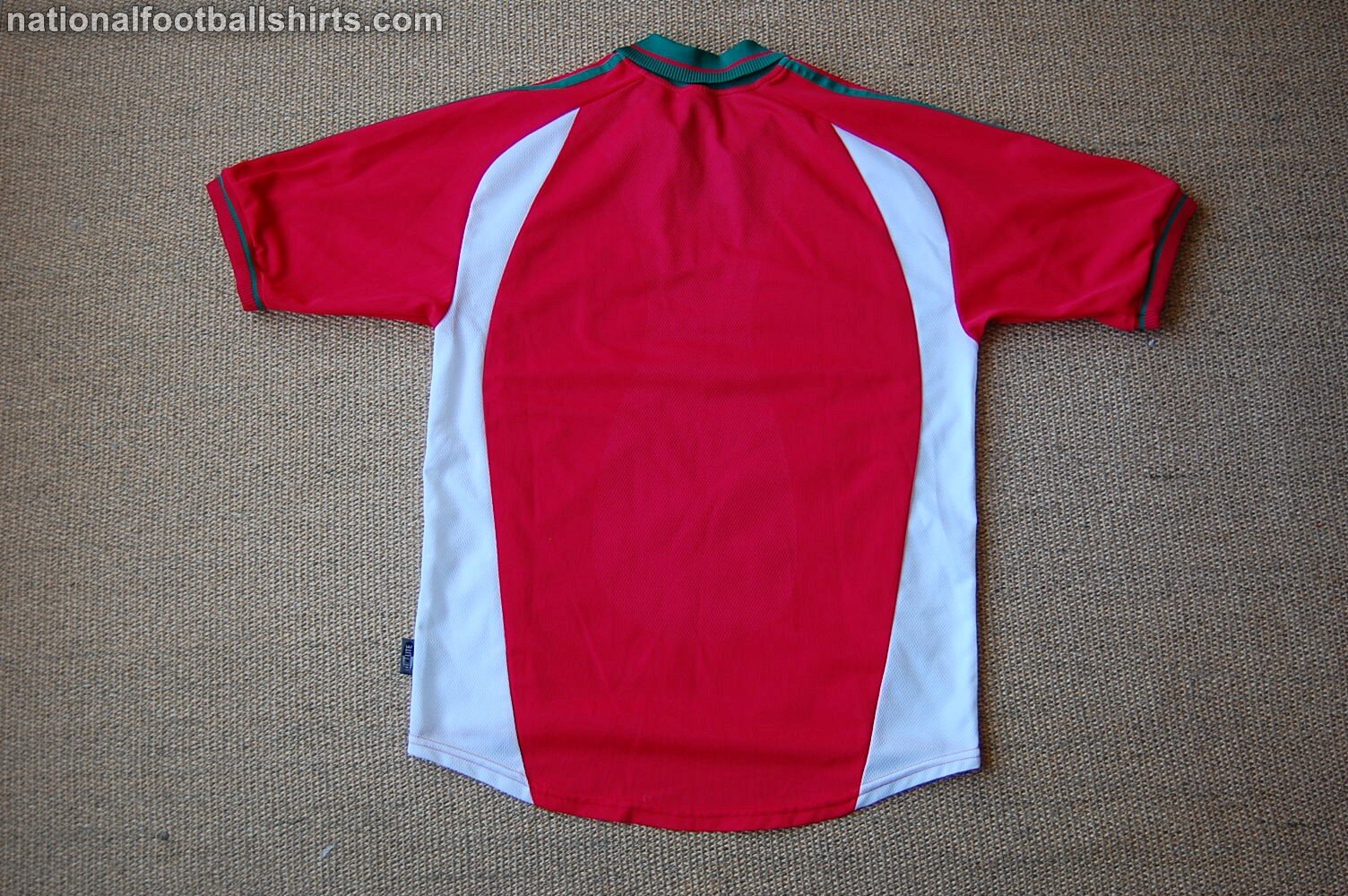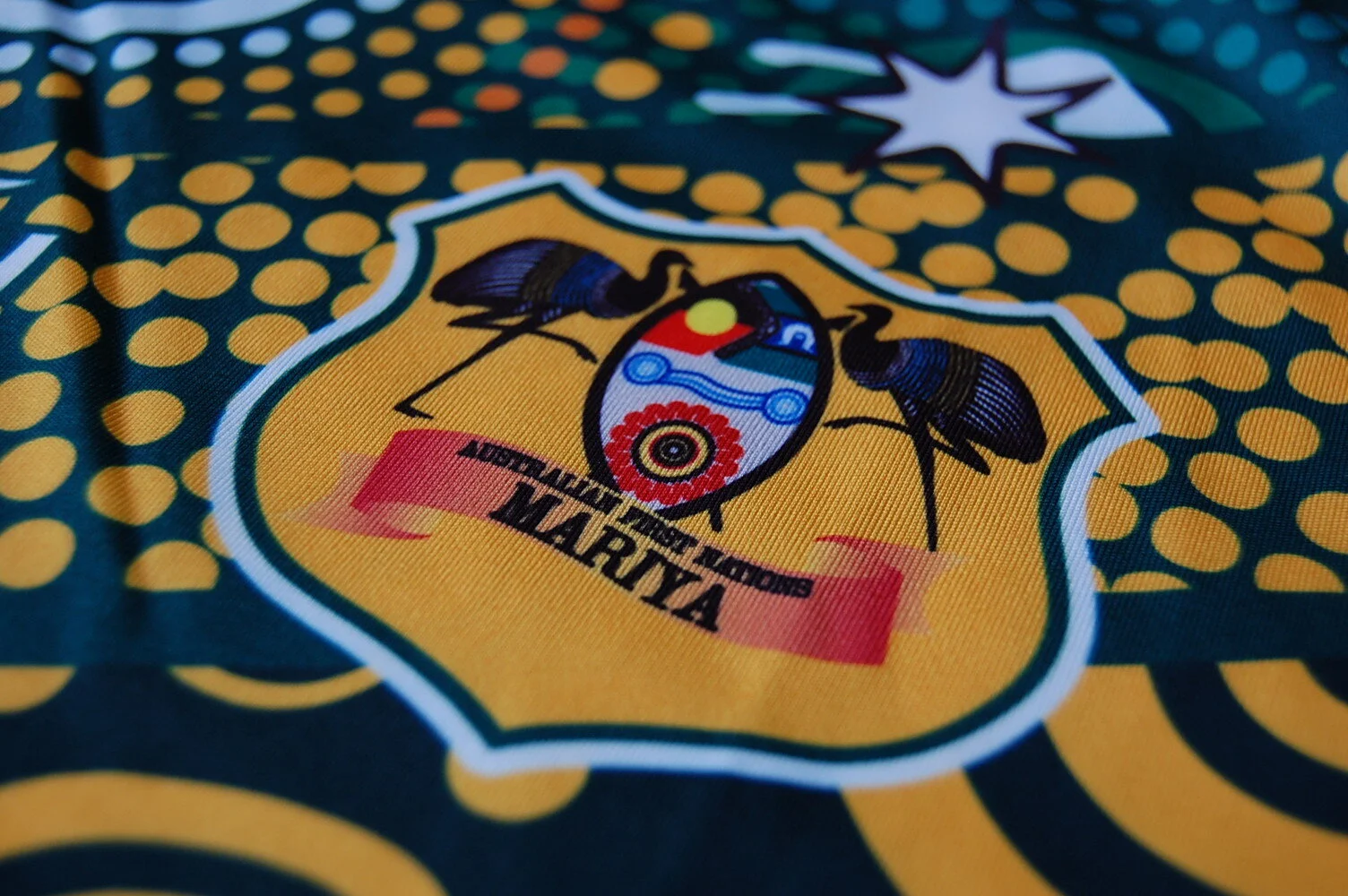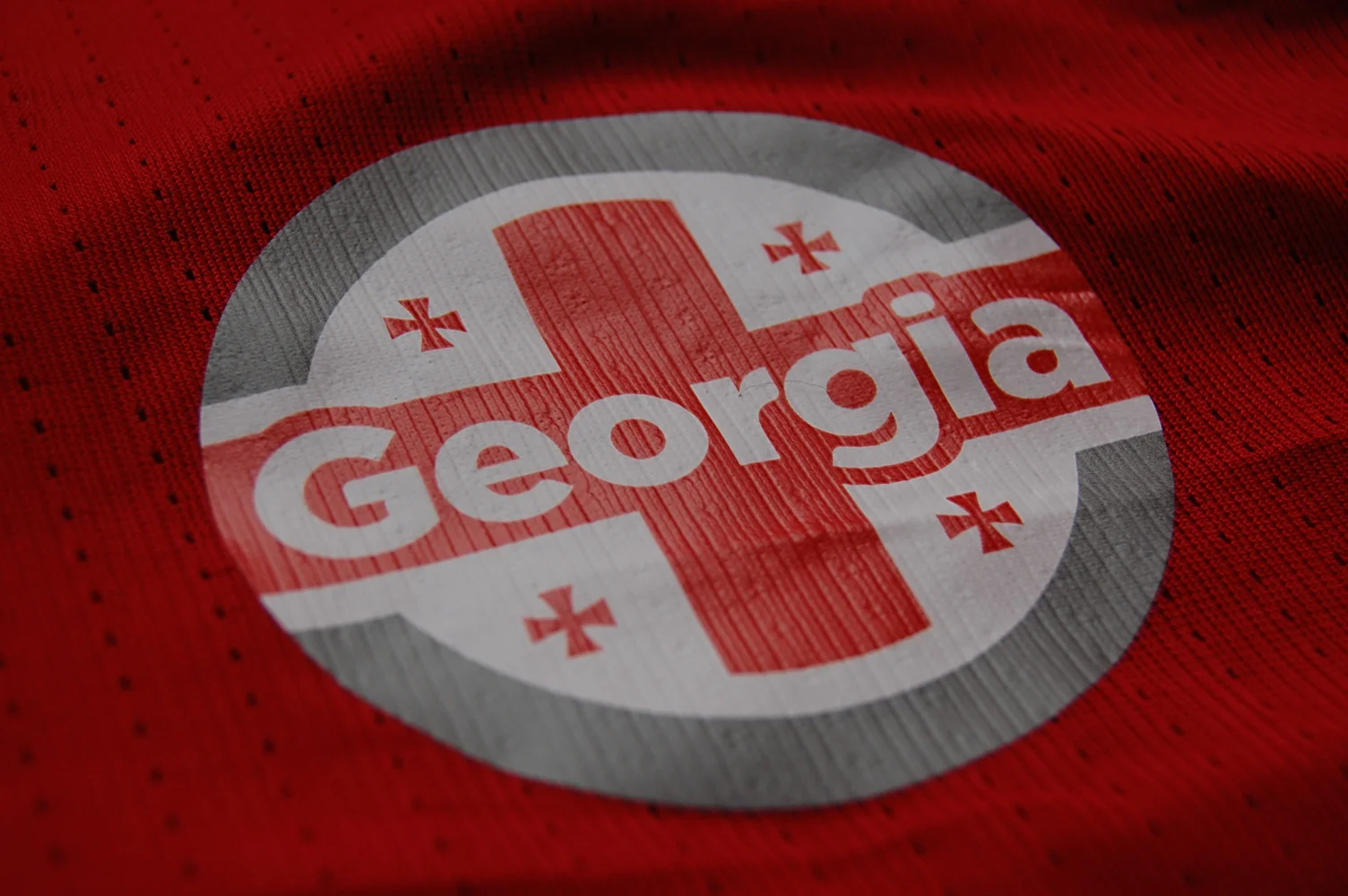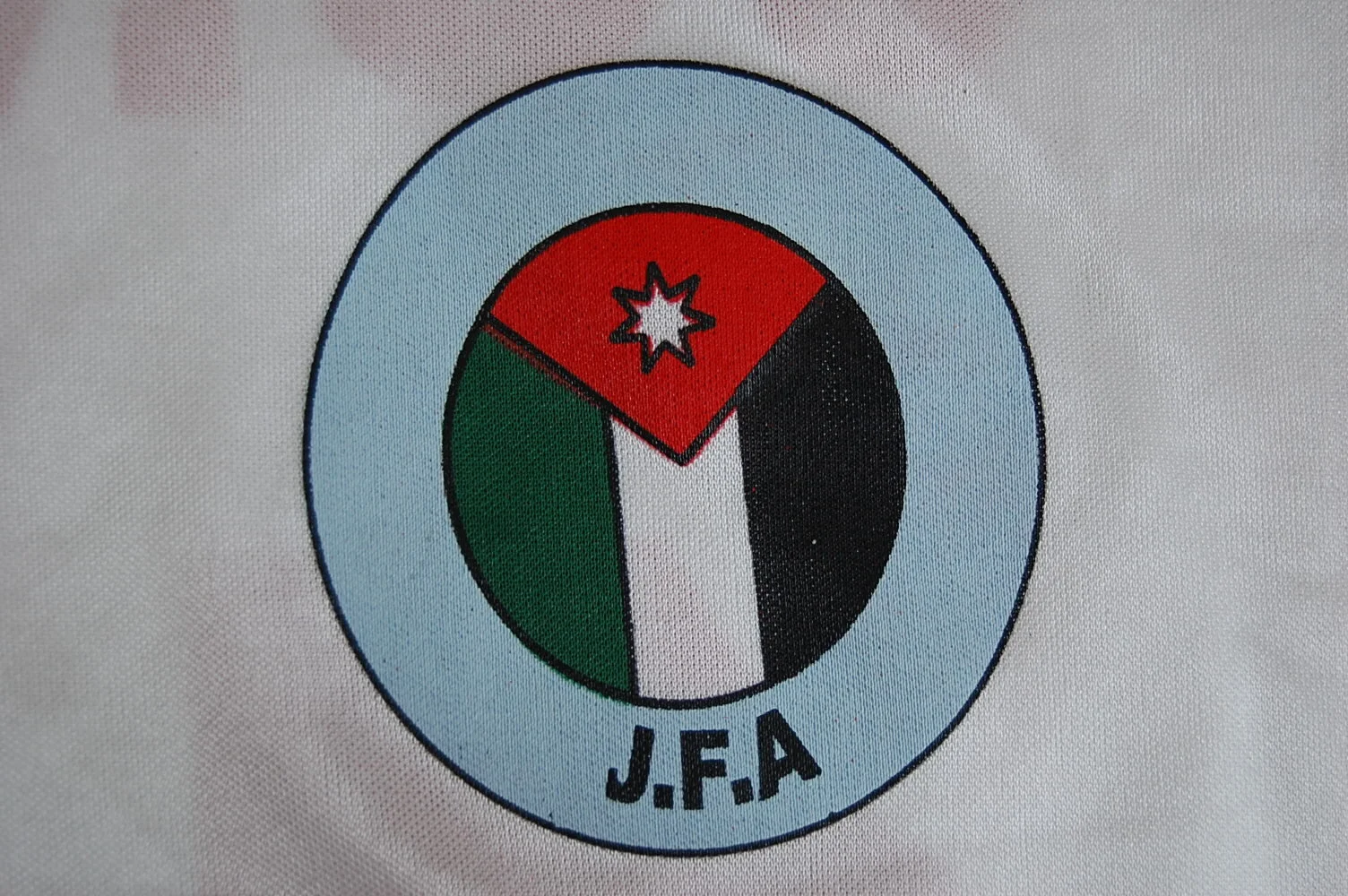Hungary
Home; 2000/02
This is a real classic turn-of-the-century template from Adidas, particularly at international level. Of the eight teams kitted out by Adidas at Euro 2000, five of them wore this template as either a home or away shirt. Outside of that, it was also worn by Canada, China, Finland, Lebanon, Liechtenstein, New Zealand and I assume others I have missed. While many of these wore a two-colour version, Hungary were treated to having the three colours of their flag incorporated. The traditional red home shirt was set off by the white and green trim, just enough to give a sense of the full national colours. While Hungary did not make Euro 2000, they did introduce this shirt that autumn as they began their qualifying campaign for the 2002 World Cup. They would wear this shirt and the white away version of the same design, in all their games in that campaign with two odd exceptions. Bizarrely, when playing Lithuania both home and away, Hungary wore their previous home shirt. I have been unable to find a reason for this.
The shirt material is perhaps one of the last times we saw a “heavy” shirt from the big manufactures. The material was advanced compared to the often shiny polyester shirts from the decade before, but to hold in the hand now it seems worlds away from today’s materials. In stark contrast, Italy wore Kappa’s new ‘Kombat’ shirt when the two nations squared up in World Cup qualifying. The material does feature dimpling under the arm, on the chest and on the back to aid airflow. Hungary have been supplied by Adidas since the mid-90s, and in general have had template shirts throughout that time. I personally wasn’t interested in any of the modern shirts, which I find to be very uninspiring, so I waited for something like this to come up.
Hungary are steeped in football history, with their golden age undoubtedly the 30-odd years between the mid 1930s to mid 1960s. In that time, they took home gold medals from three Olympic Games, reached two World Cup finals, and placed third at a European Championships as well as reaching the knock-out stages a number of times in other tournaments. Not only that, but their team and style in the 1950s is widely regarded as changing how the game was played and thought about. Excluding the 1954 World Cup Final, they achieved a remarkable record of 43 victories, 6 draws, and 0 defeats from 14 May 1950 until they lost 3–1 to Turkey on 19 February 1956. During that run, they beat England in Wembley, the first time that the English lost in that stadium after ninety years of international football (it would be remiss of me as an Irishman not to point out that it was Ireland in 1949 that were the first foreign team to beat England in England, in a game played at Goodison Park, Liverpool).
Hungary went into decline after those three decades at the top, and this shirt brought little luck to the team either. In a group with Georgia, Italy, Lithuania and Romania, the Magyars would finish second bottom after a frustratingly inconsistent campaign. An opening draw at home to Italy and an 6-1 away thrashing of Lithuania, was followed by a home draw with Lithuania and a loss to Romania in Bucharest. Next, a comfortable home win against Georgia was followed immediately by a loss to the same nation in Tbilisi and losses to Romania and Italy to round off the fixtures.
